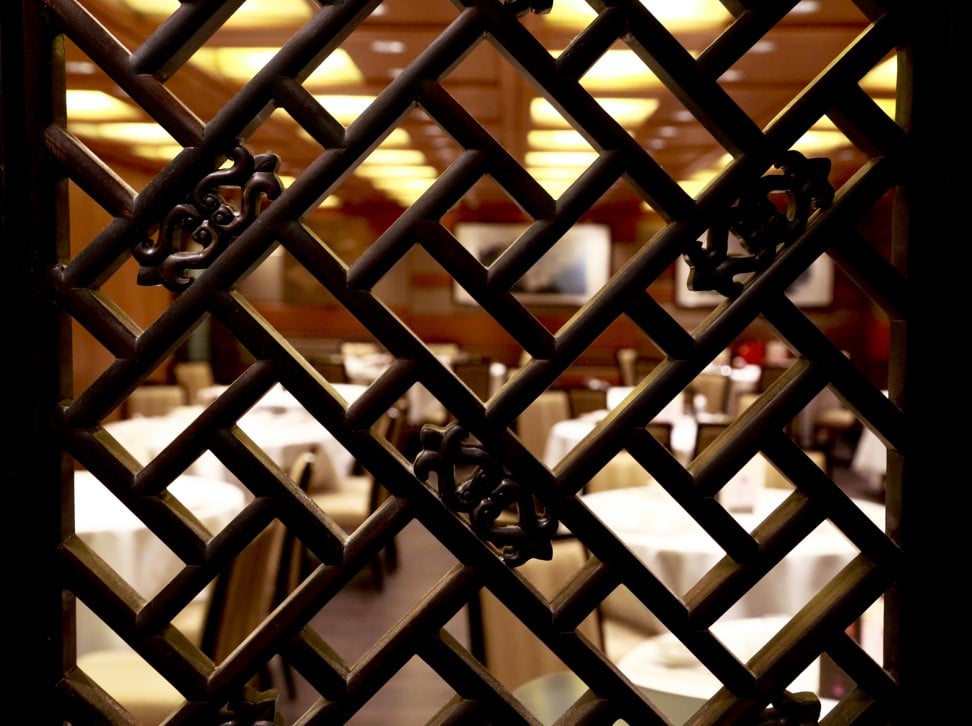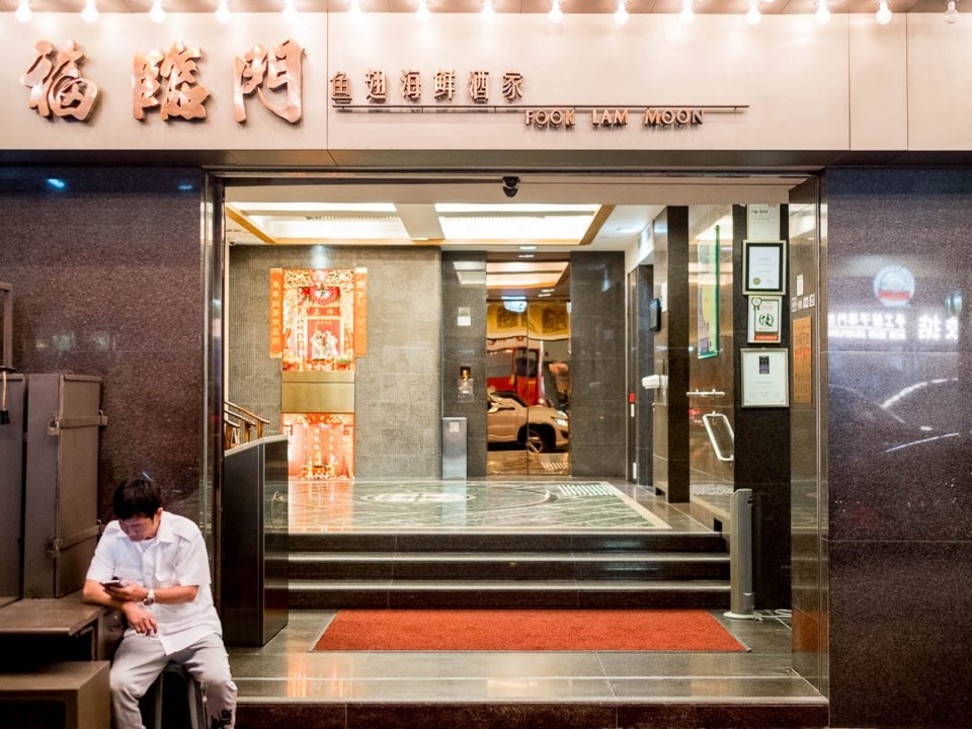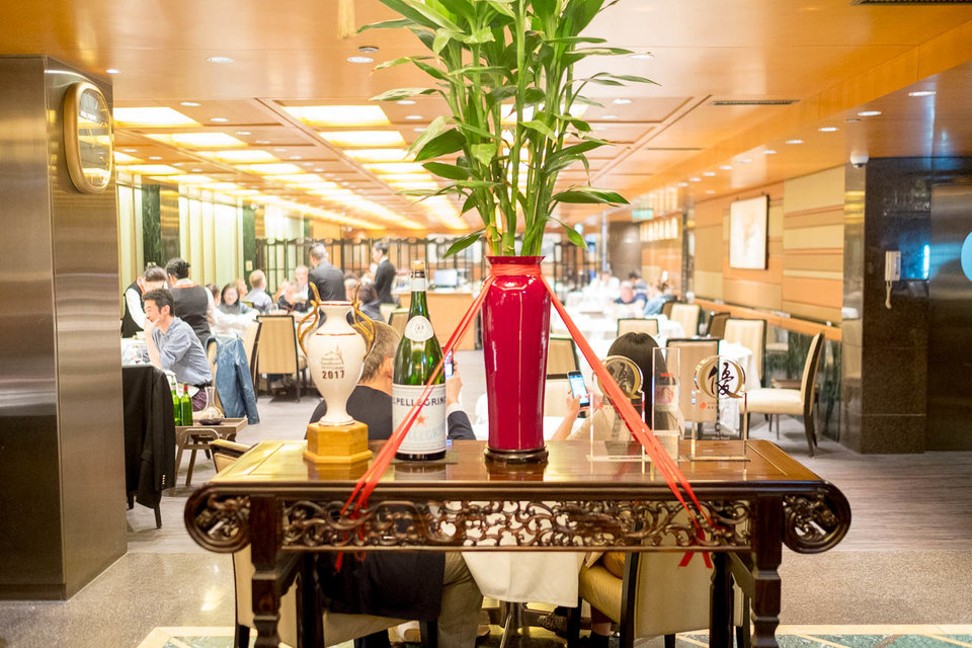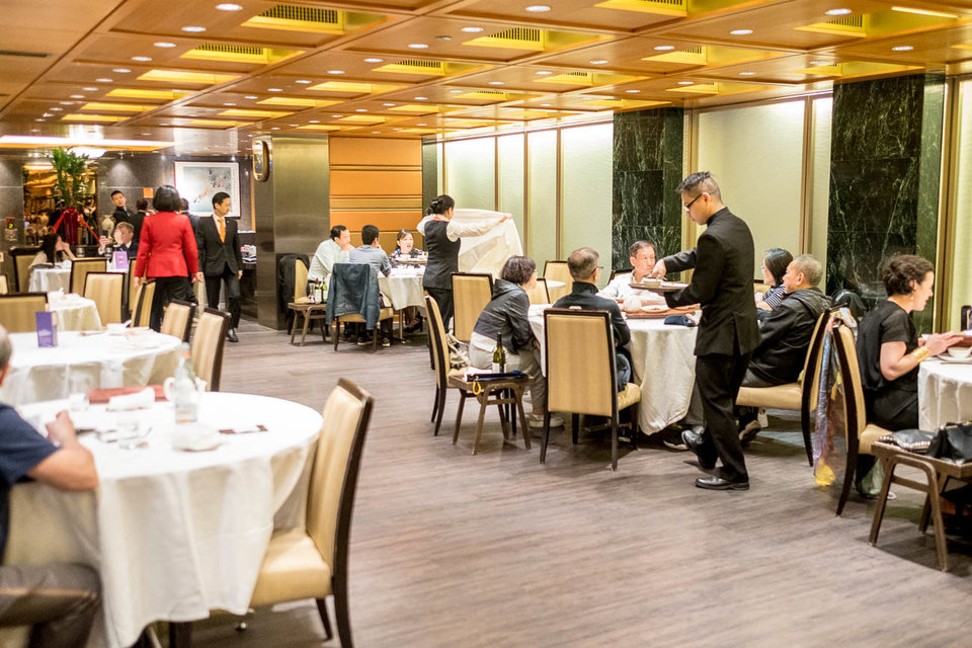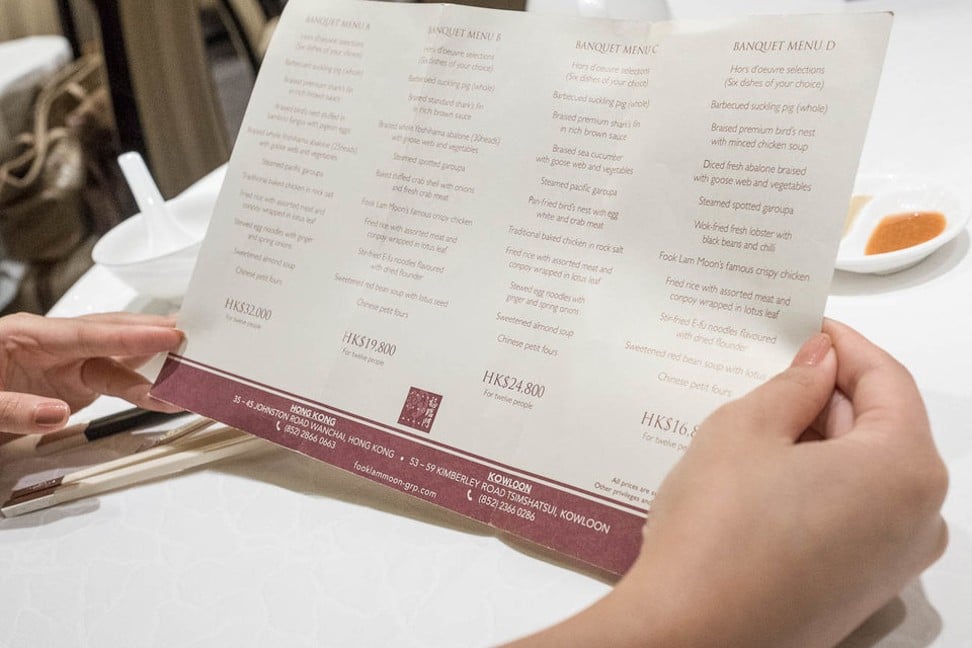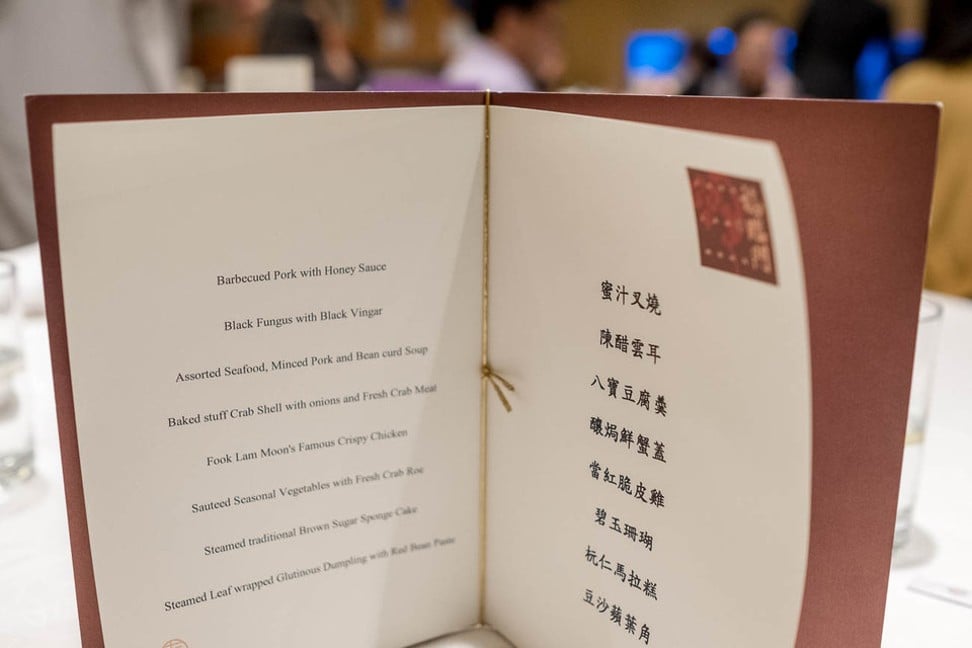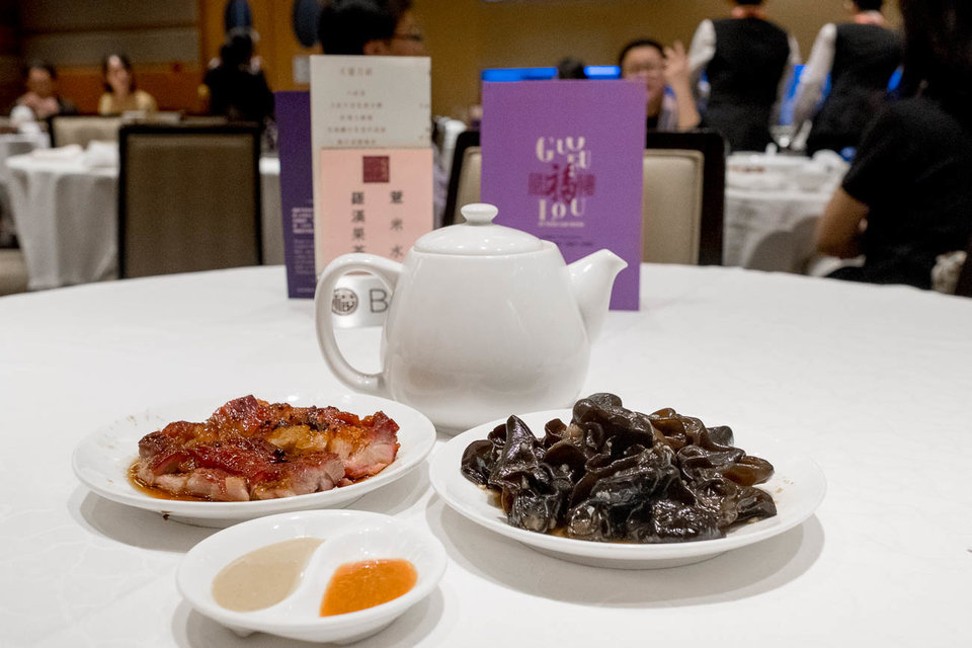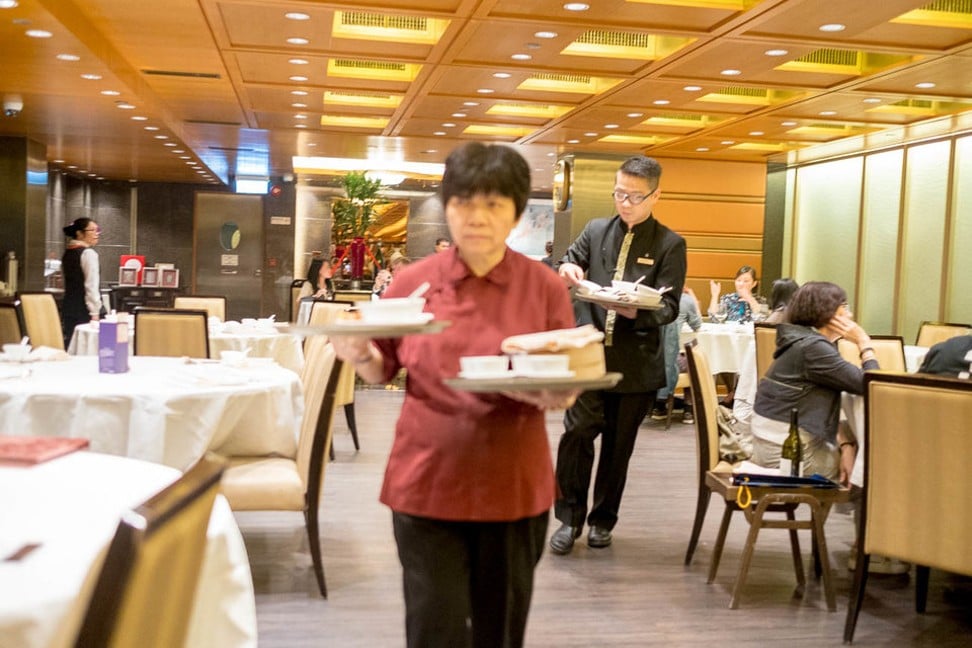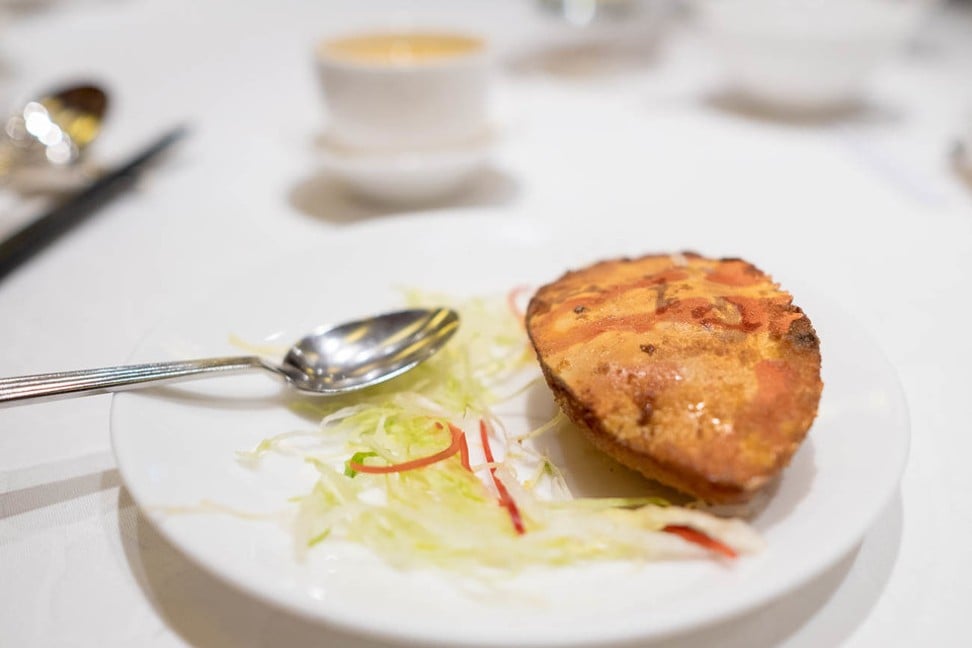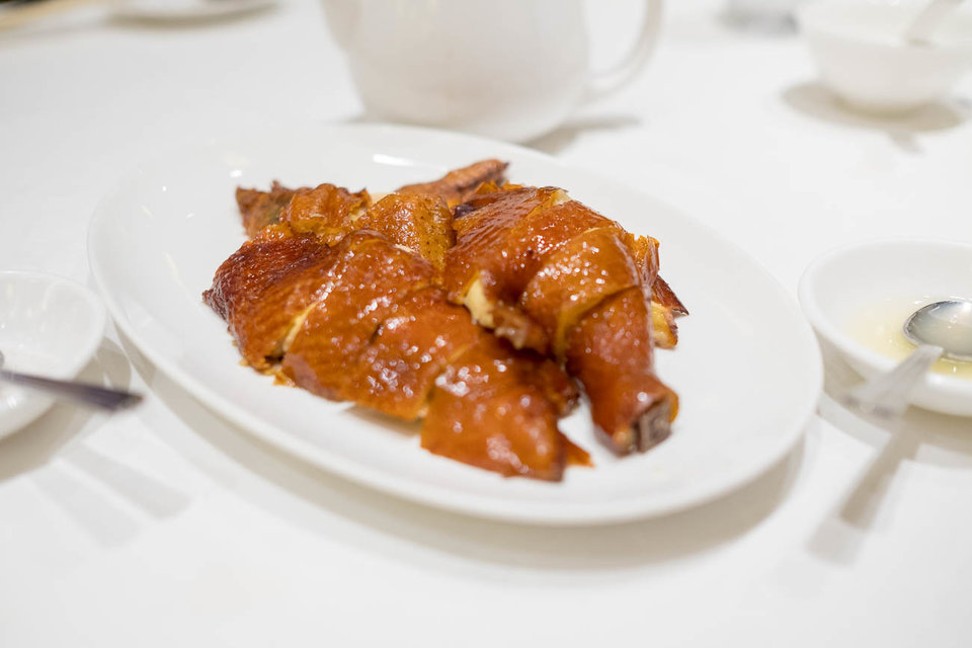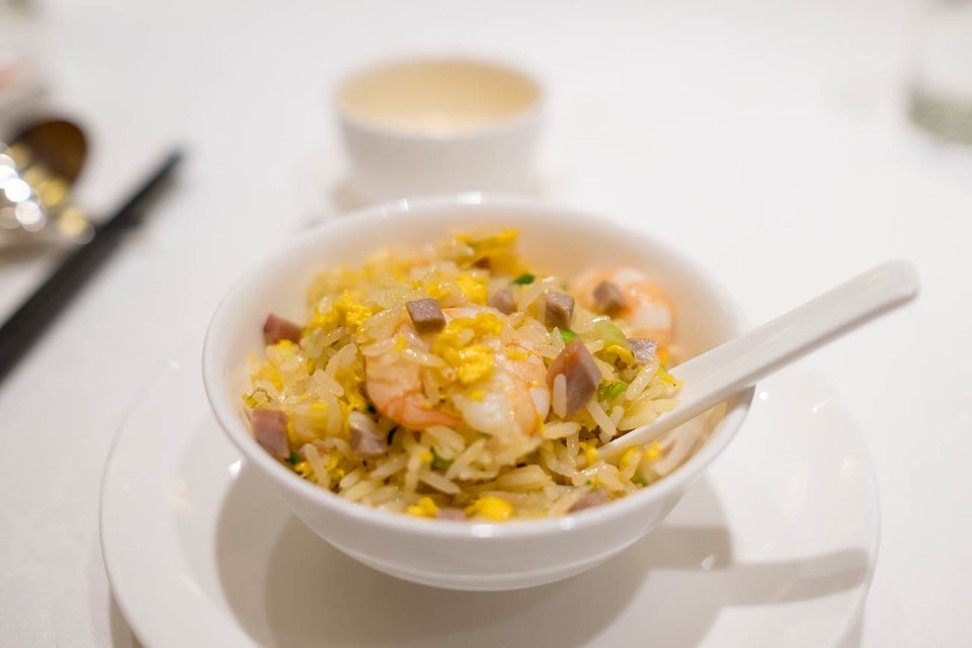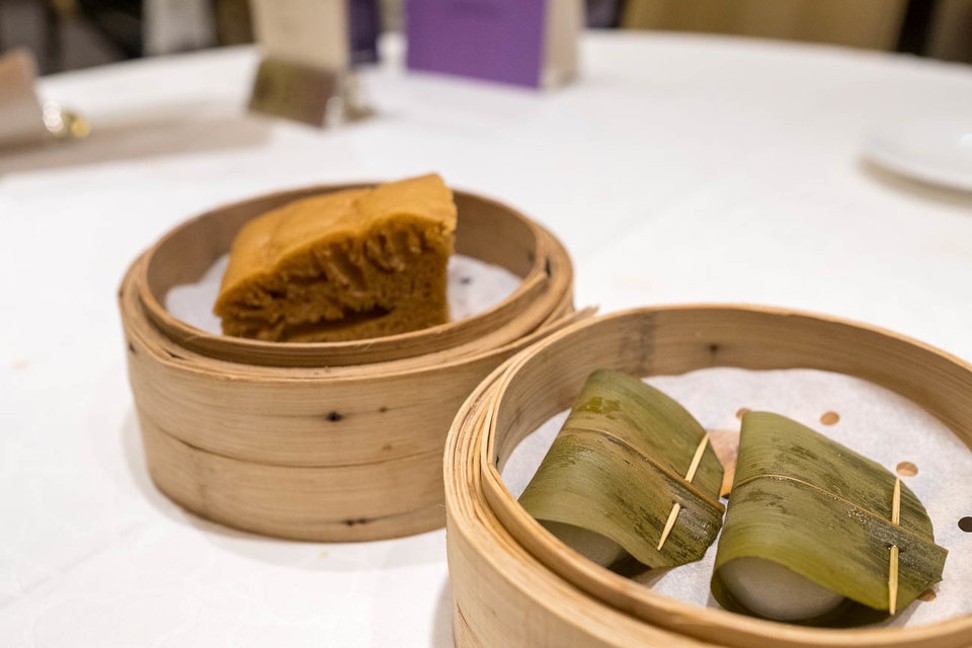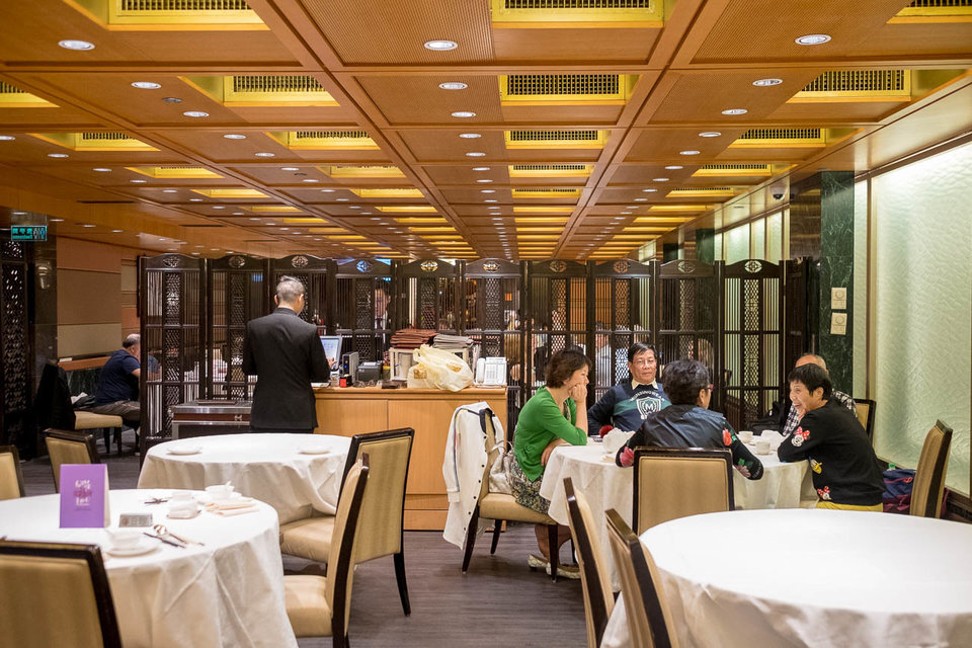Why Fook Lam Moon is still Hong Kong's ‘tycoons' canteen’

This article was written by Harrison Jacobs for Business Insider
For more than half a century, Hong Kong has been a city where the world’s wealthy come to play, do hundred-million-dollar business deals, and wine and dine.
Perhaps no restaurant in Hong Kong is more synonymous with wealth than Cantonese eatery Fook Lam Moon, which has earned the nickname “the cafeteria for the wealthy” and the “tycoons’ canteen”.
It's the kind of restaurant where real estate magnates, top politicians, and famous actors and actresses from Hong Kong cinema dine on Chinese delicacies such as barbecued suckling pig, abalone and fish maw.
Like The Ivy in Los Angeles, Fook Lam Moon and its clientele attract reporters and paparazzi looking for morsels of news on the city’s elite. Rolls-Royce Phantoms, McLarens, Porsches, and Maseratis pull up to the restaurant's entrance before regular patrons are whisked off to private dining rooms for elaborate dinners of 10 courses or more.
The prices are fit for the clientele as well. A set dinner for 12 people can cost nearly US$4,000. The most expensive banquet ever thrown at the restaurant cost nearly US$130,000 for 120 people. Even more casual dinners between business partners routinely run up a tab of US$60,000 or more, according to the South China Morning Post.
But there’s a reason for the hype. The restaurant’s menu of Cantonese delicacies and comfort food is impeccable. British lifestyle magazine The Glass went so far as to call the restaurant “the gastronomic equivalent to a prized family heirloom”.
I visited the temple to Cantonese cuisine on a recent trip to Hong Kong to see what it was actually like. It did not disappoint.
In 1972, Fook Lam Moon opened in Wan Chai, Hong Kong’s red-light district sandwiched between Central, the city's main business district, and The Peak, a neighbourhood that has been synonymous with wealth, luxury, and exclusivity since the colonial era. The brand actually dates back to 1948, when Chui Fook Chuen founded a gourmet catering service for a similarly high-end clientele.
On the night I visited – a Friday during Art Basel Hong Kong – the restaurant was conspicuously quiet. I saw no ultraluxury cars. But when I arrived, I was greeted downstairs by a hostess who took me into the lift and guided me to one of the restaurant’s dining rooms.
The decor is classic, in a 1960s, golden age of Hong Kong sort of way. The dining room is decorated in browns, gold, and jade green. Glass cabinets show off Cantonese delicacies and top shelf bottles of Champagne and Cognac. Even with the dining room only half full, there is a rarefied air to the place.
A look at the menu confirms the feeling. Some top delicacies sell for nearly US$200 per person. Simpler dishes, like the restaurant’s much-heralded appetiser of chargrilled pork “char sui”, goes for US$37.
The restaurant is well-known for the lavish banquets thrown by Hong Kong and Chinese businessmen for their potential partners. When the economy is good, Fook Lam Moon is booming. “Fook Lam Moon’s performance has always been tied to the wider macroeconomic conditions and movements in the Hang Seng Index,” Duncan Chui Tak-keung, the third-generation of Chui to run the restaurant, told South China Morning Post in 2014.
I was invited to try Fook Lam Moon at the invitation of the Hong Kong Tourism Board, which had a tasting menu prepared to give me some sense of the breadth of dishes available.
Surprising given its high-end Asian clientele, Fook Lam Moon does’t have a premium tea menu, according to Hong Kong Tatler. I ordered a green tea, chrysanthemum tea mix. Like the restaurant itself, the tea was understated yet high-quality.
The meal started with the restaurant's famous crispy pork belly and pork “char sui”. I've had this dish all over New York's Chinatowns. This was the best I’d ever had.
The skin was crispy, crackling with layers of fat keeping the lean meat below juicy. The meat had a light glaze of sweetness and avoided being too salty. The mustard and honey sauce served with it both illuminated the tender meat in different ways – the honey bringing out its natural sweetness, while the bite of the mustard cut the dish's richness.
Serving the pork with the classic cold appetiser of wood ear mushrooms in black vinegar sauce was brilliant. The cool, slightly sweet tangy vinegar and the springy mushrooms acted as a palate cleanser and a strong contrast.
Next, I had an assorted seafood, minced pork, and bean curd (tofu) soup. The soup was thick and exemplified two main characteristics of Cantonese cooking – light, subtle flavours and an emphasis on seafood. The soup was thick and delicately flavoured.

While the broth was thick, the soup was a mixture of contrasting flavours and textures. The chopped-up tofu throughout the soup had absorbed much of the broth, giving it a silken texture and ensuring that every spoonful contained bits of meat and vegetables.
Scallops, shrimp, tofu, and mushrooms were the stars, but chopped tomatoes and spring onion brought pockets of brightness while the chewiness of the minced pork balanced the delicate texture of the soup.
The service at Fook Lam Moon was impeccable. Waiters and waitresses refilled your tea as you finished your glass and the table was reset just as you finished a course. But the service never feels fussy or overbearing. They appear and disappear with lightning speed.
There seemed to be a lot of thought put into the ordering of the dishes so as to create a build in momentum. This baked crab shell was stuffed with fresh crabmeat and onions and then topped with seasoned breadcrumbs.
The dish is deceptively simple, using meat from freshly shucked local flower crabs. The breadcrumbs have been fried and then baked, giving it a soft crunch. It's like an ultraluxurious version of a crab cake, but you feel less guilty since it's mostly crabmeat instead of breadcrumbs.
If there is one fault with this dish, it is that the onions threaten to overpower the flavour. Varying the stuffing with some other diced vegetables would balance it.
The timing at the restaurant was perfect. Fook Lam Moon is truly a well-oiled machine. As soon as you finish one dish, there is only a moment’s wait before the next comes out. At the same time, you never feel rushed. It almost feels like the staff is eyeing your progress and passing that information back to the kitchen.
The star of the night, and Fook Lam Moon's most famous dish, was the famous crispy chicken. This is one of my favourite Cantonese dishes and one of the hardest to execute well. Spoiler alert: Fook Lam Moon’s was excellent.
The greatest difficulty with the Cantonese crispy chicken dish is how to make the paper-thin skin of the chicken crispy without drying out the meat. Most restaurants get one or the other right. The skin is crispy but the meat is dry, or the skin is soft but the meat is juicy.
Fook Lam Moon expertly managed to get both right. The meat was juicy without being greasy and the skin was so crispy that it resembled that of duck skin.
Even as I was approaching peak fullness – and knowing I had a few more dishes to go – I kept picking at this dish. It was too good to waste.
The sautéed seasonal vegetables with crab roe was a come-down after the crispy chicken. The asparagus was crunchy and al-dente (overcooked asparagus is awful) and large enough to pick up the delicate roe. The blandness of the asparagus played well off the umami flavour of the roe, which had a rich, almost-soup broth fullness to it.
It was clear that I had only scratched the surface of the delicacies the restaurant had to offer. Other dishes on offer included abalone. The fish tanks were filled with large, colourful fish. When my dining partner asked a waitress if they were for sale, the waitress laughed, “Of course they are for sale. We are not an aquarium.” Some fish at the restaurant sell for more than US$800.
I finished dinner with a serving of fried rice with pork and shrimp. While the rice wasn't as adventurous or innovative as a recent bowl I had in Macau with wagyu beef, the dish was classic Cantonese. Plump shrimp, tender pieces of “char sui”, and rice that gets its flavour from the surrounding ingredients rather than oil. It certainly wasn't a stand-out, but anyone hankering for real fried rice wouldn't be disappointed.
I always find that Chinese dessert leaves something left to be desired. It's usually more of a palate cleanser than anything else. The two desserts I had – a fluffy brown sugar sponge cake and a red bean glutinous rice dumpling wrapped in lotus leaf – were quintessential Chinese desserts. Sweet, but not too sweet.
The sponge cake was buttery and fluffy, if a little bland. But as a cap on a long and flavour-filled meal, it did the trick.
The red bean glutinous rice dumpling was a dish I’ve never had. It was chewy, delicate, and warm with a light sweetness from the red beans.
My dining partner, who is Chinese-American, had this to say of the dish: “I usually will only eat this when my grandma makes it. It's never right otherwise. This was perfect.”
All in all, Fook Lam Moon's reputation as serving classic, flavourful, expertly crafted food lived up to the hype. The atmosphere did not. Perhaps it was an off night, but it lacked the hustle and bustle and glamour of a place nicknamed “the cafeteria of the wealthy”. Maybe the stars were hidden away in private rooms or, perhaps, they've moved onto brighter galaxies.
Fook Lam Moon
Address: Newman House, 35-45 Johnston Road, Wan Chai, Hong Kong
Cost for two: around US$83 (HK$650) without drinks or tip
Want more stories like this? Sign up here. Follow STYLE on Facebook, Instagram and Twitter
This article originally appeared on Business Insider.

Cantonese delicacies were made to perfection, and the ‘char siu’ and crispy chicken were delicious
